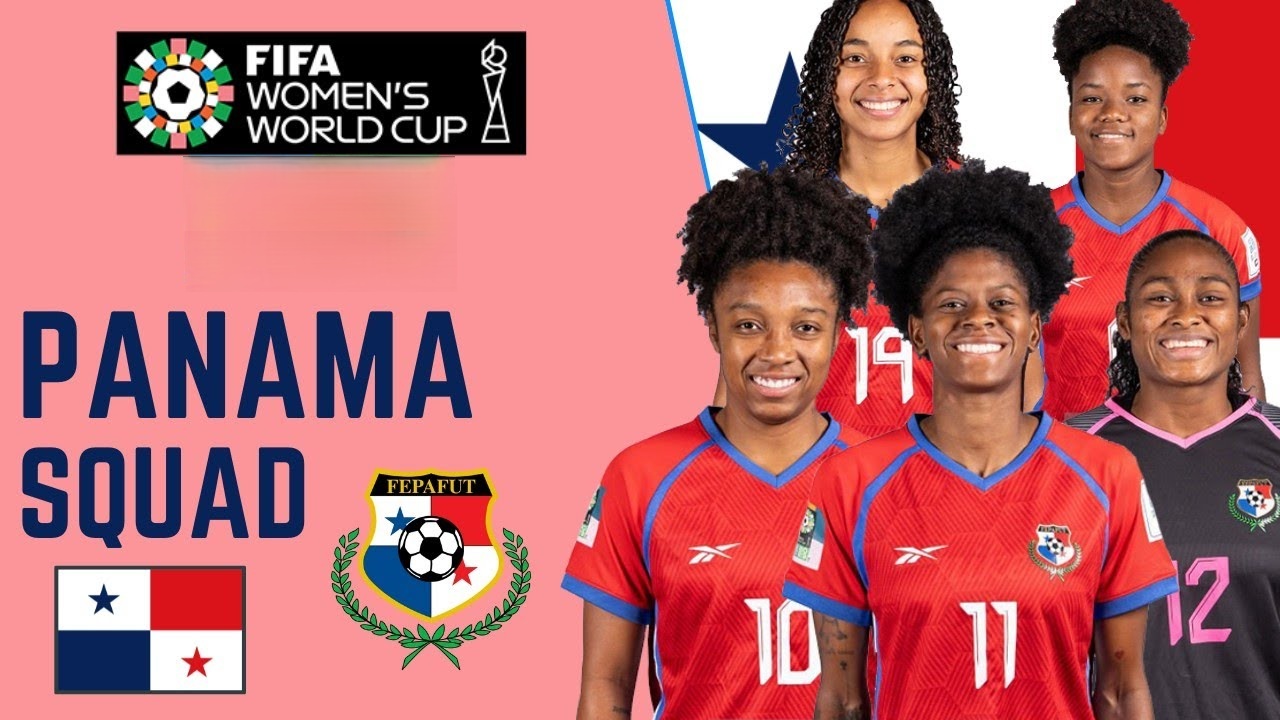Indigenous women invisible to society,

INDIGENOUS women in Latin America continue to face great gaps in access to higher education, health services and employment, although there have been significant educational advances, says a UN report.

The findings by the UN's Economic Commission f or Latin America and the Caribbean (Eclac). were published this week at a conference in Lima, Peru, which brought together more than 180 indigenous women from Africa, Asia, the Americas, Australasia, the Pacific and Russia in an array of colorful traditional costumes.
A lack of economic and academic opportunities at home, coupled with growing damage to the environment from mining and other extractive industries, have led women to leave their ancestral territories for urban centers, where they face new struggles, the report said. In Peru, more than half the estimated 3.2 million indigenous women live in cities.
"There are improvements," said the report's author, Fabiana Del Popolo. "In urban centers, for example, the infant mortality is lower, and they have greater access to education and clean water. But the discrimination they face in the cities remains great, and the jobs they obtain are menial and often provide no social protections."
Access to education has improved dramatically for indigenous girls, adolescents and young women in Latin America, the report showed, with data indicating more than 90% of indigenous boys and girls are getting some schooling. In 2000 about half of the girls aged between 12 and 17 were not in the educational system at all.
However, higher education remained out of reach for many, with only Costa Rica making significant advances, doubling the proportion of indigenous women between 18 and 22 in school or university. Years in education was seen to cut the number of children borne by indigenous women by up to half.
Despite advances in maternal healthcare in Latin America, data suggested that indigenous women were much more likely to die in childbirth or pregnancy complications.
In Peru, where 23% of women are indigenous, the maternal mortality rate in 2009 was 103 per 100,000 births. But the rate in Puno, where the population is mostly indigenous Aymara and Quechua, maternal mortality rose by an additional 45% in 2011.
"The bottom line is indigenous women remain invisible to society," Del Popolo said. "Guaranteeing and respecting the rights of indigenous women and their communities is a prerequisite for addressing these unacceptable gaps in access to health, security, education and rights to land for millions of indigenous women throughout Latin America."
Del Popolo said when indigenous women leave their home territories they risk losing their ethnic identity. Wider society loses out, she added, as the women cannot fulfil their role as protectors of crop diversity.
Myrna Cunningham, a member of the UN permanent forum on indigenous issues at the conference, said: "The analysis covers only Latin America, but we know from accounts of women at this event, as well as from recent surveys, that the problems identified here are universal."
In a declaration, the conference participants called for indigenous women to be a priority at the UN's world conference on indigenous peoples next year.
The declaration also called for nation states to respect "our rights to lands, territories and resources as enshrined … in the UN declaration on the rights of indigenous peoples", adding that "indigenous women are active human rights defenders of all individual and collective human rights of our peoples".
Agnes Williams, clan mother of the Nation of Seneca Indians, part of the Iriquois confederacy in both the US and Canada, told the Guardian that the pollution from extractive industries was the principal threat to their "cultural integrity and sacred relationship with the earth".
Amid the challenges posed by climate change, pollution and loss of territory, many of the women leaders showed they were well-versed with the modern world while maintaining their traditional lifestyles.





